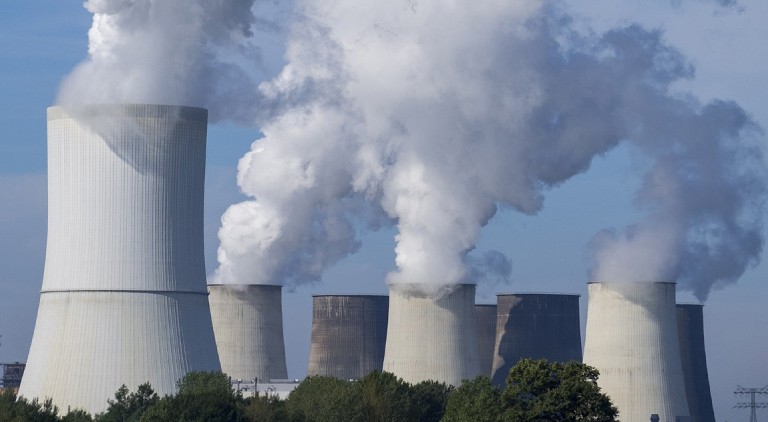Conserving water in cooling towers
By EPR Magazine Editorial May 10, 2019 5:33 pm IST
By EPR Magazine Editorial May 10, 2019 5:33 pm IST

Evaporative cooling tower (wet cooling tower) is the best equipments to reject process heat with lowest power. But, it evaporates some percentage of circulation water to cool the water temperature. Earlier, we had plenty of water resources and got clean water to run the cooling towers. But, now water is the most precious resource on Earth and to keep that resource from depleting is of the biggest challenge before man. This reality is forcing us to think of an alternative cooling system and to have efficient water management in cooling towers.
Water or power
We have to reject the process heat coming from power plant, induction furnace or from any other process either with direct evaporative cooling or indirect air cooling. Indirect air cooling can be done through air cooled heat exchangers (fin fan coolers) or with chillers in case of low heat rejection process. Both air cooled heat exchangers and chillers consume huge power as compared to the power used by the evaporative cooing tower to reject the same amount of heat. Hence, we either save the water or power, not both in a heat rejection process.
Avoiding water wastage in evaporative cooling towers
The cooling of every 6.1°C. water requires 1 per cent evaporation. Normally, in power plants, we designour cooling towers for 10 to 12°C. delta temperature and the evaporation loss will be of 1.5 to 2 per cent. The normal blow down may be half of the evaporation loss, in case, of normal quality water, with 300 to 400 ppm to avoid scaling of our heat exchangers. Then we have spray loss, wall water loss etc., which are all very minimal. We cannot stop evaporation process, but we can control blow down loss using low TDS water like RO or DM. But even though we save water in our plant with considerable water cost, to produce RO or DM water, huge amount of water gets wasted in the form of rejection, which is not a real water saving in social perspective.
We can go with precise fan ON/OFF controller to switch off the cooling tower fan whenever wet bulb temperature is very low. We should maintain consistent cold water temperature across the year and switch ON/OFF the cooling tower fan in lower wet bulb condition which will save considerable amount of water. Air cooled heat exchangers (dry coolers) with adiabatic pads
In air cooled heat exchangers, we get cold water temperature dry bulb plus, i.e. in Chennai, if ambient is 42°C, we get cold water temperature of around 45°C to 46°C from air cooled heat exchangers. This will not suit most of the process. We, then, can introduce cooling pad with spray system before the air cooler and cool the inlet air whenever ambient is very high and get a lower cold water temperature. In this process, compares to wet cooling towers, we save almost 60 per cent of the water. But, the power consumption is high as discussed earlier in air cooled heat exchangers.
Article by:K.P Manoharan
Managing Director
Gem Equipments Pvt., Ltd.
Gem Orion Machinery Pvt., Ltd.
We use cookies to personalize your experience. By continuing to visit this website you agree to our Terms & Conditions, Privacy Policy and Cookie Policy.